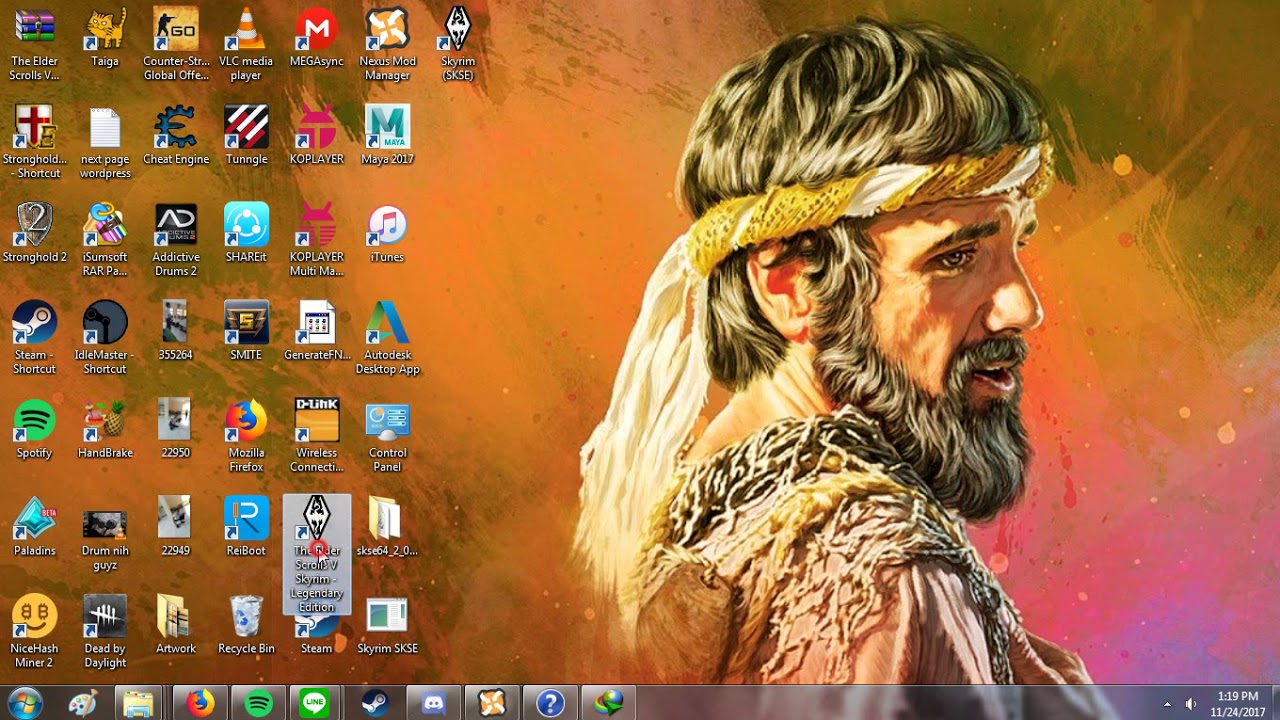

Screens (what xrandr calls “output”), so you can freely move the mouse between I find the ease of moving between, and interacting with, ordinary emacs buffersĮXWM has only one X11 display, to which all monitors are attached as X11 “char-mode”: This is an escape hatch, where almost all keys are sent directly.I find that I use line mode almost all the time. (a window for an X11 application, as opposed to an ordinary emacs buffer).
Randr xquartz windows#
There is also a key map “exwm-mode-map” that is active only in EXWM windows Translates some emacs key bindings to application specific keys. Here there is also a buffer local key map, called “simulation keys” that Self inserting keys are handed off to the X11 application. “Line mode”: Using normal emacs interactions, with keys bound to emacsįunctions.One can interact with X11 applications in two ways: One uses emacs commands, normally bound to keys, Only one workspace, on one monitor, is active (receives A workspace is just an emacs frame.Įach monitor has its own set of workspaces, and each monitor displays one In an emacs window, so the usual emacs window movement commands can be used toĮXWM windows are normally tiled, but there is also support for floating windows.įloating windows can be moved by pressing Super and left mouse button together.įloating windows can be resized by pressing Super and right mouse buttonĮXWM has the concept of workspaces. X11 window can be done by selecting an emacs buffer. In EXWM all X11 windows are available as emacs buffers, so switching to an Working with windows on a desktop, then EXWM might not be for you. A mouse is of course also supported.įor more on tiling window managers see Tiling window managers. Why use EXWM? Will it fit my workflow?EXWM is a tiling window manager, geared to doing as much as possible using just
Randr xquartz how to#
Or under LXDE or Gnome, or with a composite manager.īut please remember: a guide should not just explain how to do something,īut also why it is done. With, which might be of help for other users, why not publish a guide?įor example, how about a more complete guide for EXWM under macOS, beyond And that is the main deficiency at present, the documentationįor how to do a complete setup is missing. My experience with EXWM is that it works well, it just needs a goodĬonfiguration. Improvements and corrections on this setup are very welcome. There are pieces from a number of other people, but sadly I have lost track I want to mention especially the ambrevar configuration. Much of the configuration is based on what people have published on reddit, I had to google a lot, and try various things that did no work out well. I had something that I would want for daily use.

I am publishing this because it took me a long time to get to the point where Init files, and no need to hook into exwm-randr.el. In that case you can get by with just a hardcoded call to xrandr in your

Randr xquartz code#
The code used in the setup is rather lengthy, so in this document I include For more info on X11 see X Window System and Xorg.ĮXWM (Emacs X Window Manager) is a full-featured tiling X window manager for IntroductionBelow I describe how, and why, I set up and configured the EXWM X11


 0 kommentar(er)
0 kommentar(er)
